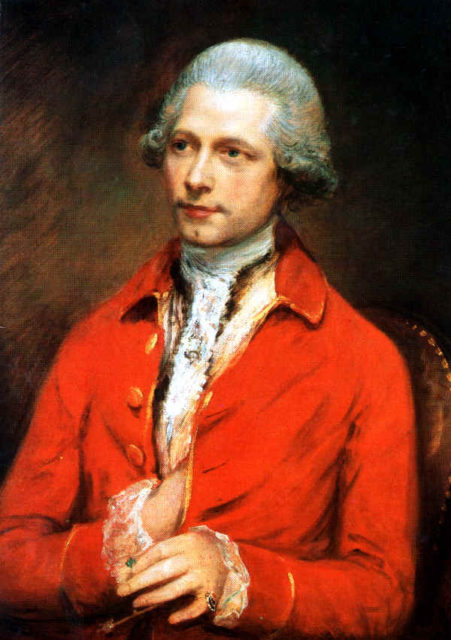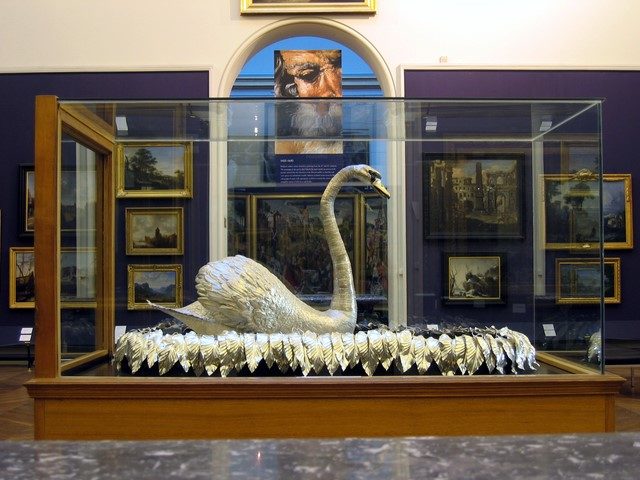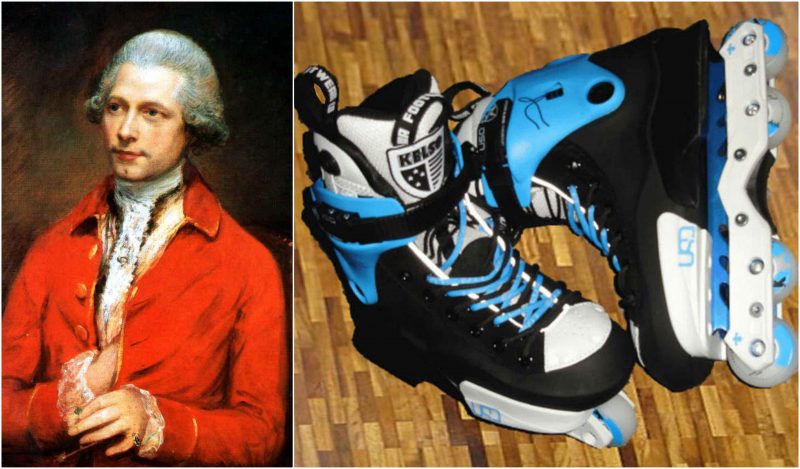John-Joseph Merlin was born in 1735 in Belgium. He was an inventor and a horologist, passionately interested in time. Clocks, watches, clockwork, sundials, hourglasses: simply everything that could possibly measure what we call time. And as time is usually associated with a spinning circle, we can only assume that Merlin was interested in that too.

If anybody looks up Jean-Joseph Merlin, they would find that he invented the inline skates in 1760. What was his ambition or what he thought he would achieve are still open questions – it is probably something to do with his obsession with time – but he certainly didn’t imagine that he would invent a gift of fun and sport for humanity. His roller skates were without brakes, and far less safe than their modern equivalents.

Apparently, Merlin studied at the Académie des Sciences in Paris. He learned how to make clocks, automata, and mathematical and musical instruments. Besides his interest in horology, Merlin was a music lover and played a few instruments. He was a close friend of Johann Christian Bach (son of Johann Sebastian Bach).
When Merlin was 25, he moved to London where he opened “Merlin’s Mechanical Museum” which prospered into a very popular and regularly visited place. The visitors of the museum could play at the gambling machine, see perpetual motion clocks and mobile bird cages, listen to music boxes and even try the wheeled chair for a few shillings.
One of the visitors at the opening of Merlin’s museum was a young boy, Charles Babbage, who was invited by Merlin to his workshop. The future engineer, philosopher, and inventor was amused by the automata he saw. In his later years, he recalled what he saw in Merlin’s workshop: “There were two uncovered female figures of silver, about twelve inches high.”

He had another famous friend – the British jeweler, goldsmith and entrepreneur, James Cox – and together they created the Silver Swan automaton. Merlin designed the mechanism, while Cox created its shape. When Mark Twain had the opportunity to see the Silver Swan, he wrote that it “had a living grace about his movement and a living intelligence in his eyes.”
Miller worked first in Paris and then in London, where he died in 1803 at the age of 68.
